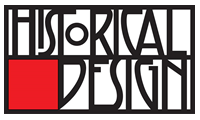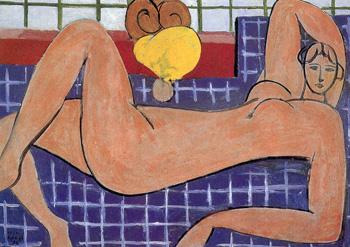Product Description
Wilhelm Kage / Gustavsberg “Nude” Farsta Studio Bowl c. 1940


WILHELM KÅGE (1889-1960) Sweden
GUSTAVSBERG Gustavsberg, Sweden
“Nude” Farsta bowl c. 1940
Glazed stoneware with hand inscribed sgraffito decoration of a nude
Marks: Kage, Studio Gustavsberg; FARSTA
Dia: 8″
Wilhelm Kage / Gustavsberg “Nude” Farsta Studio Bowl c. 1940
MARGARET POSTGATE (1879-1953) USA
WAYLANDE GREGORY (1905-1971) USA
ARTHUR BAGGS (1886-1947) (glaze development) USA
COWAN POTTERY STUDIO USA
Cubist Elephant bookends 1929
Ceramic bookends with a black gunmetal glaze
Signed: Cowan studio mark (under glaze) Cowan bookend numbers 840 and 841
For more information and illustration see: Cowan Pottery and the Cleveland School, by Mark Bassett and Victoria Naumann (Atglen, PA: Schiffer, 1997).
H: 4 1/2″ x W: 5 1/2” x D: 3 3/4”
Margaret J. Postgate was born in Chicago, IL on September 29, 1879 and died at a hospital in the Bronx, NY in 1953. Her family moved to Manhattan around 1910 and then Brooklyn around 1925 and she remained a Brooklyn resident right up until her death. Her parents were both born in England: John W. Postgate and Margaret Postgate nee Derry. She had siblings, a brother George and one or two sisters, Mary and/or Mae. Margaret studied at the Art Institute of Chicago and Cooper Union School of Art in New York. In 1925, 1925, and 1926 she participated in soap sculpture carving competitions, some sponsored by Procter & Gamble Corporation in Cincinnati, Ohio. Pamphlets exist as well as exhibition brochures and others on “how-to” carving penned by Postgate. Margaret Postgate designed for Cowan from 1929-1930 where she adapted a few of the designs she had rendered in soap for ceramic sculptures for the Cowan Pottery. She also executed a few pieces of sculpture that were cast in bronze for the bronze division of the Gorham Manufacturing Company.
